Everything you need to know about TMJ disorders

Ever hear someone claim to have TMD or TMJ but have no idea what that means? According to the National Institute of Dental and Craniofacial Research, this disorder affects more than 10 million people in the United States, so it's probable that you know someone who has it. We're here to inform you of some TMJ and TMD-related information.
An umbrella term for more than 30 illnesses, temporomandibular disorders (TMDs) is characterized by pain and dysfunction in the jaw joint and the muscles that regulate the movement of the jaw. The temporomandibular joint alone is referred to as the "TMJ" and the abnormalities are referred to as "TMDs." Each side of the jaw contains a TMJ in a person. Putting your fingers in front of your ears while opening your mouth will allow you to feel them.
Types of TMJ disorders

- Conditions affecting the discs, as well as joint conditions.
- Conditions affecting the chewing muscles (masticatory muscles).
- Pain brought on by a TMD.
Each class contains a number of disorders. For some examples, see the illustration below.
Numerous TMDs have a brief lifespan and simply disappear. Although they occasionally take a long time to go away or become persistent. TMDs can also happen on their own or in conjunction with other health issues such as fibromyalgia, irritable bowel syndrome, headaches, back pain, and sleep issues.
Women are twice as likely to have temporomandibular disorders as men, particularly if they are between the ages of 35 and 44.
Some TMDs can be caused by trauma to the jaw or temporomandibular joint, but this is not always the case. Many patients report that their symptoms appear to start suddenly. According to recent studies, a combination of genes, psychological and life factors, as well as how someone experiences pain, may contribute to how a TMD develops and how long it will endure.
It might be challenging to pinpoint the exact cause of TMJ issues, but some potential causes include:
- Injury or trauma, such as a blow to the joint or another event that shifts the position of the jaw and teeth,
- teeth clenching or grinding
- Arthritis, which can harm the cartilage in joints
- The disk is moved out of its proper alignment.
- Erosion of discs
TMJ symptoms and signs
TMJ issues are associated with a variety of symptoms. These signs could appear on both sides of your face or just one. Some signs include:
- Particularly in the jaw joint and/or chewing muscles, there is pain and tenderness (the most common symptom)
- Tense jaw muscles
- Limited jaw movement or locked jaws
- Jaw, face, or neck pain that radiates
- A modification to how the upper and lower teeth fit together
- When closing or opening the mouth, there is excruciating clicking, popping, or grinding in the jaw joint.
- Discomfort or difficulty chewing
- Pain in and around your ear
- Can TMJ cause back pain? in some cases, yes.
Diagnosis
There isn't a widely used, recognized test for TMD diagnosis. It might be challenging to diagnose many conditions because the precise causes and symptoms are unclear.
In addition to noting your symptoms, your doctor or dentist for TMJ will document a full medical history. He or she will enquire about your pain, including where it is, when it happens, what makes it better or worse, and whether it only affects that portion of your body or whether it spreads to other areas. If you have other pain conditions, such as headaches or back pain, the doctor or dentist will also inquire.
Additionally, he or she will look for any discomfort, jaw clicking or popping, or difficulties moving your head, neck, face, or jaw. The physician or dentist may also recommend imaging tests like an x-ray, an MRI, or a computed tomography (CT).
TMDs may or may not be a factor in a person's facial, jaw, or mouth pain. Prior to making a TMD diagnosis, your doctor or dentist may need to rule out other diseases.
TMJ pain treatment
You should be aware of the following before beginning TMJ dysfunction treatment
Temporomandibular joint noises that don't cause pain are common, natural, and don't require medical attention.
In many cases, TMD symptoms and signs disappear on their own without medical intervention.
Experts strongly advise against using TMD therapies that alter the jaw joints, teeth, or bite permanently or that need surgery because the majority of them lack sufficient evidence to support their use.
Nonsurgical Interventions
A simple treatment can be all that is required because many jaw joint and muscle issues are transient and do not worsen.
Your physician or dentist may recommend the following TMJ disorder treatments if you initially have pain in your jaw muscles or joints:
- Eat soft foods.
- To gently stretch and develop the jaw muscles, apply heat or ice to your face while performing exercises.
- Nonsteroidal anti-inflammatory drugs (NSAIDs), such as ibuprofen, are an example of over-the-counter medicines.
- Don't bite your nails, chew gum, or clench your jaw.
Physical Therapy
Maintaining, enhancing, or regaining movement and physical function is the aim of physical therapy. There are various forms of physical therapy. One kind is physical therapy, in which a therapist stretches the muscles and soft tissues surrounding the joint using their hands. It has been demonstrated that manual therapy can aid with pain relief and functional improvement.
Behavioral health approaches and self-management
Self-management refers to things you can handle on your own, like:
Study up on the particular TMD type or types that you have.
Study relaxation and meditation techniques.
To help you manage your condition, set up precise goals
Medical and dental procedures, including surgery
The procedures covered in this part are more involved, involving inserting something into your temporomandibular joints or chewing muscles, altering your teeth and bite, or all of the above. More significantly, some of them, such as occlusal therapies (see below), are ineffective and might even exacerbate the issue. Prior to any of the following procedures:
- Ask your doctor about less complex options, then start there.
- Ask the doctor or dentist to thoroughly and understandably explain the procedure.
- Inquire as to how the procedure will aid to better your particular TMD.
- Discuss with the risks.
- Check with reputable medical or dental experts for second perspectives.
Treatments for Occlusion
How teeth fit together is referred to as occlusion. There has never been any evidence to support the long-held idea that TMDs are caused by teeth that are not properly aligned (malocclusion). Treatments for occlusion alter the bite and teeth. For example
- Dental crown placement
- Teeth being ground down.
- Repositioning any, all, or some of the teeth with orthodontic treatment(s).
Botulism Toxin
Muscles are loosened with botulinum toxin type A. TMDs are not among the conditions for which it has FDA approval. In order to lessen pain and muscle spasms, studies have looked into injecting botulinum toxin type A into the chewing muscles.
Arthroscopy
A small video camera-equipped tool is inserted into the jaw joint by the doctor during an arthroscopy. The joint can be seen by the doctor, which can aid in diagnosis. Also possible are adhesion removal and disc realignment in the joint. When it comes to reducing pain and enhancing function, this therapy works mediocrely well.
Surgery
Through an opening (incision) close to the ear, the temporomandibular joint is accessible during open surgery. It's crucial to understand that surgery permanently alters your joint. There are no extensive studies on the effectiveness of open surgery in treating TMD symptoms or its safety.
Surgery should only be considered if the joint has been destroyed, and subsequent operations cannot repair it. Despite trying different therapies, there are still severe symptoms (pain and/or difficulty opening the mouth).
TMJ
Implants Artificial devices called implants are used to replace all or a portion of the jaw joint. Currently, the FDA has authorized three TMJ implants.
Implants could be a consideration if:
- The joint has been damaged.
- You are born with a problem called a congenital ailment that needs to be fixed.
- Ankylosis, a frozen joint, is frequently brought on by an infection or injury.
- The joint has sustained serious injury.
- There is still discomfort.
All less complex forms of treatment have been attempted and failed
CONTACT INFORMATION
Phone: (630) 305-7914
Email: frontdesk@suburbantmjcenter.com
Address: 1309 Macom Drive, Suite 107
Naperville, IL 60564
CONNECT WITH US
All Rights Reserved | Website Designed By: Morningdove - Accessibility Statement











